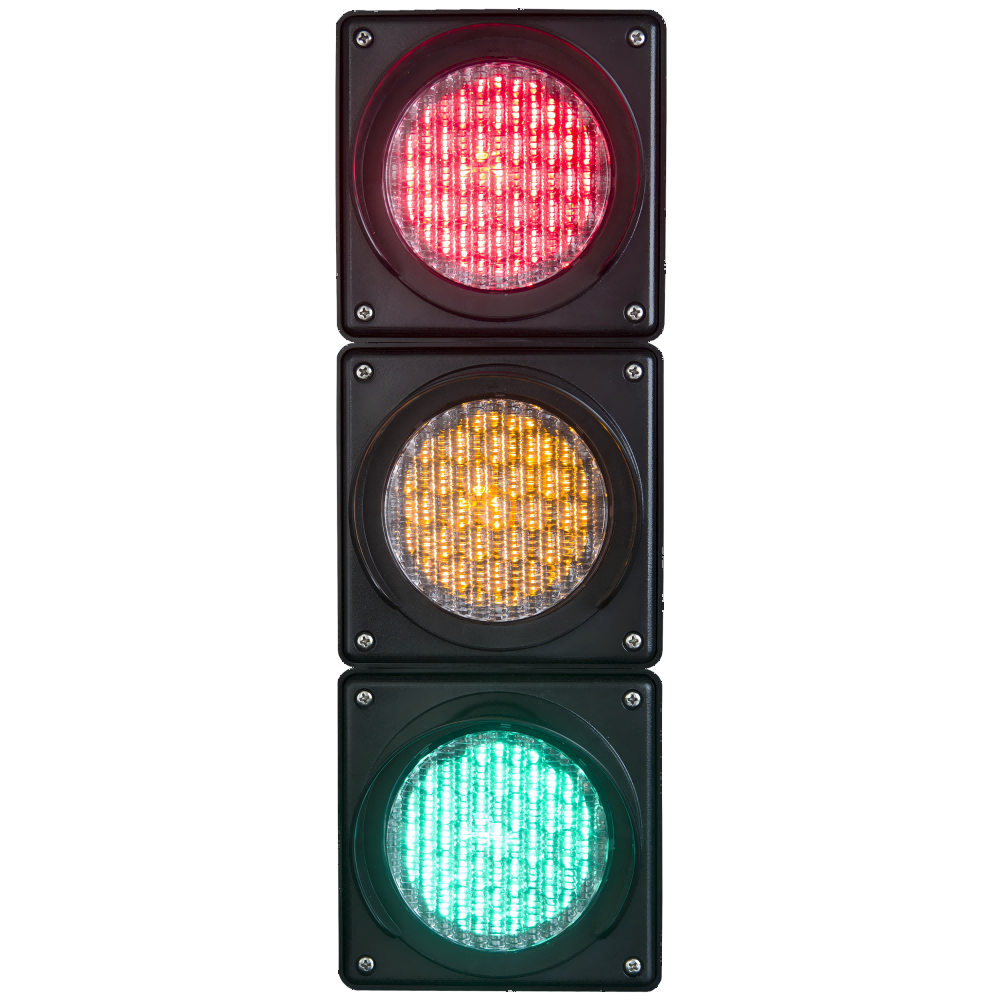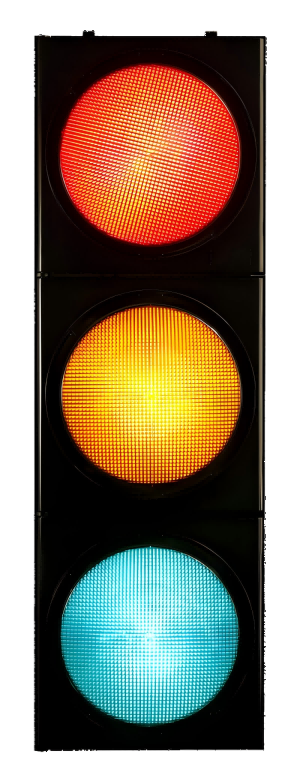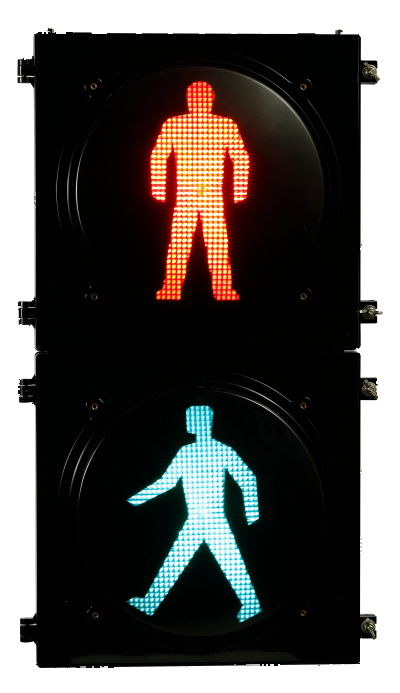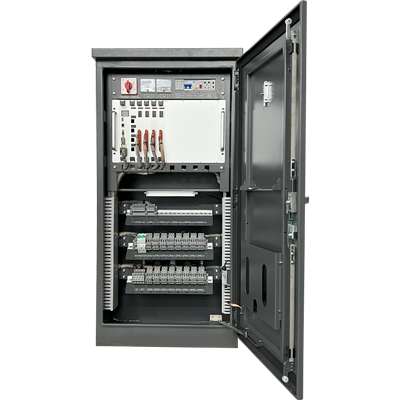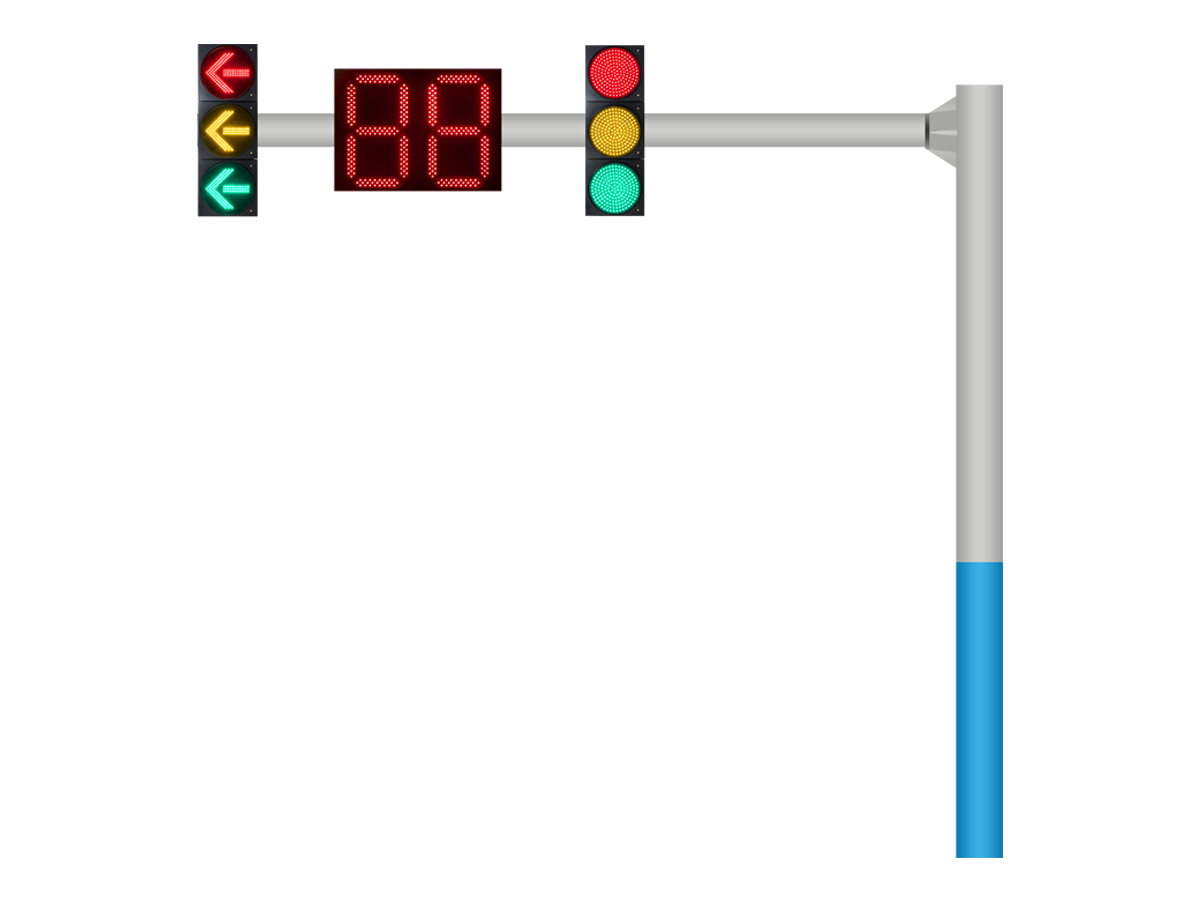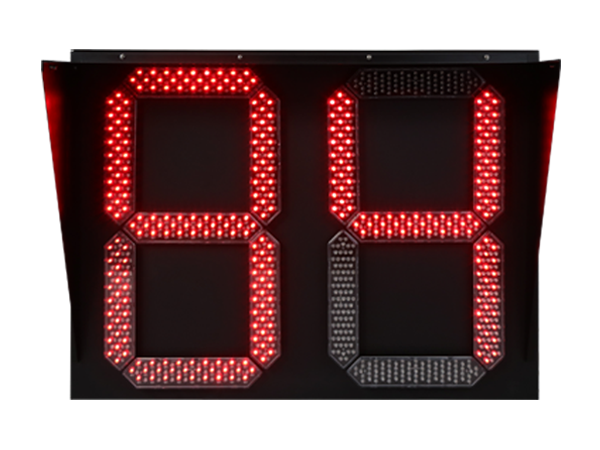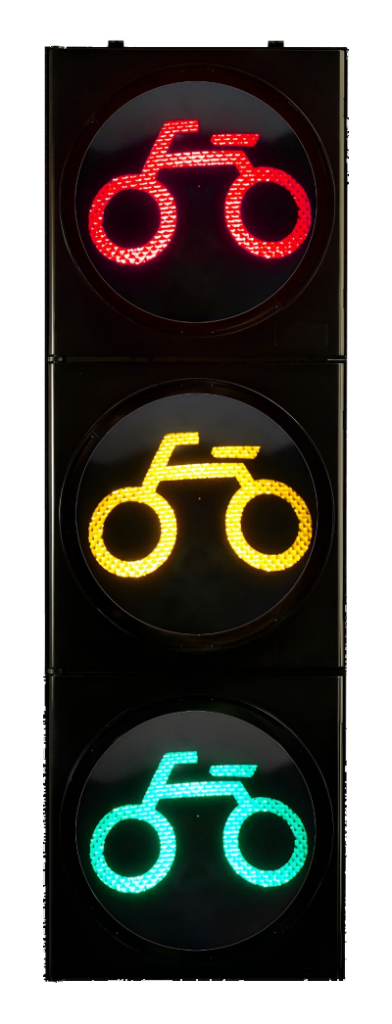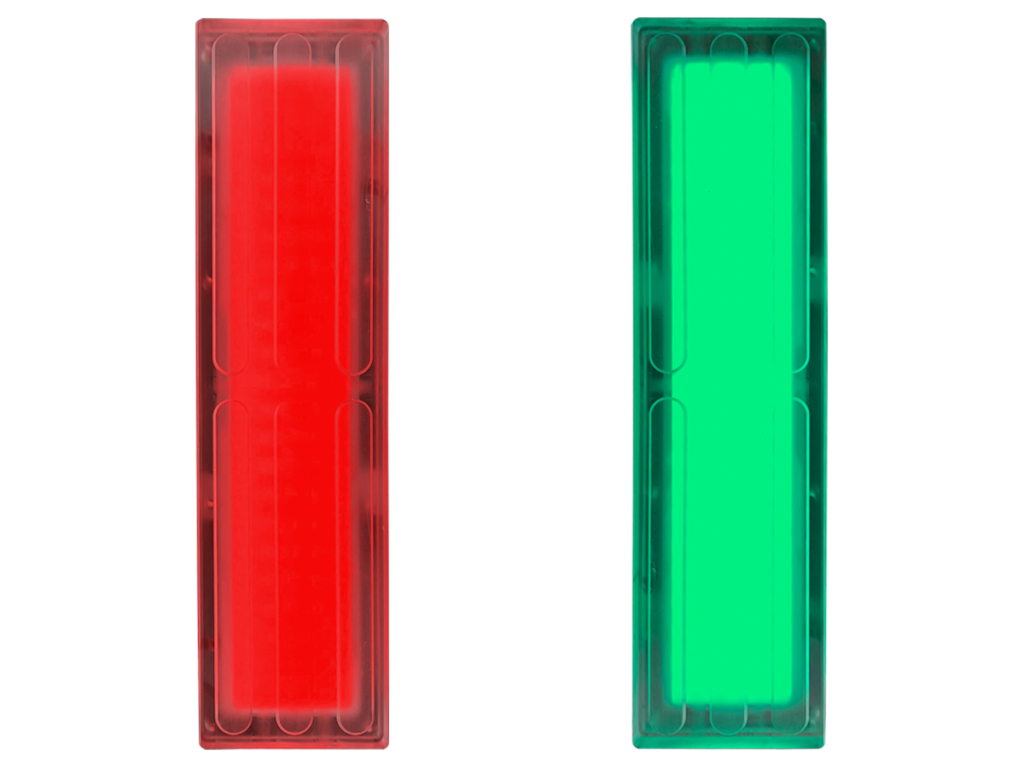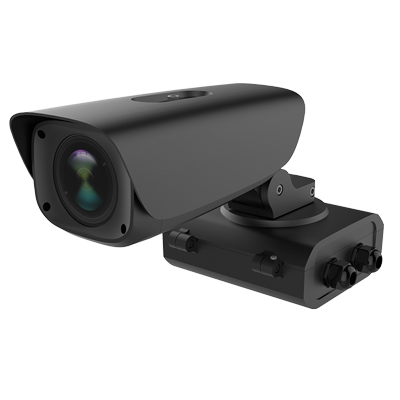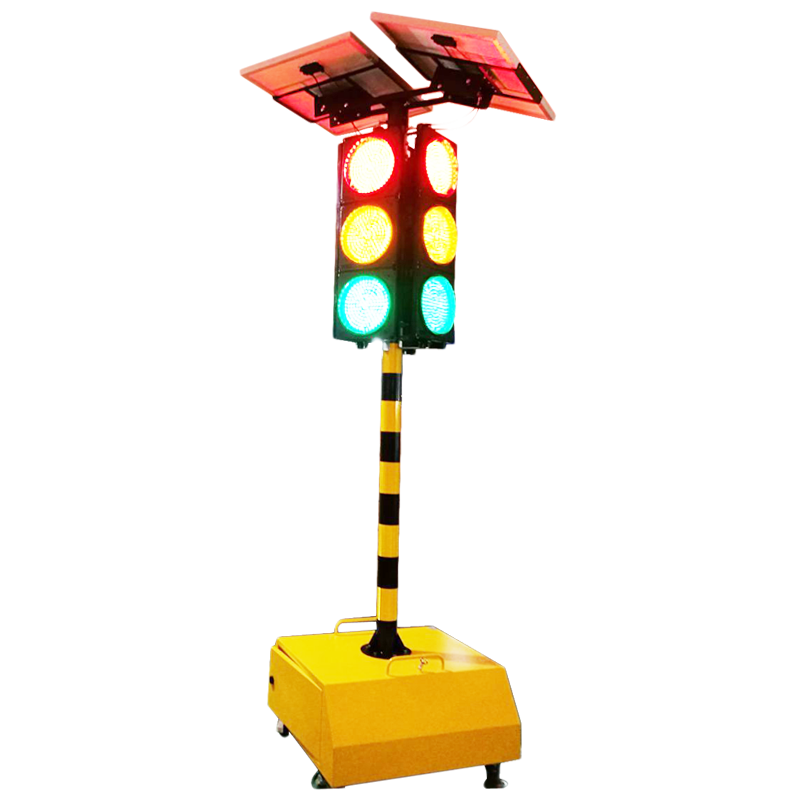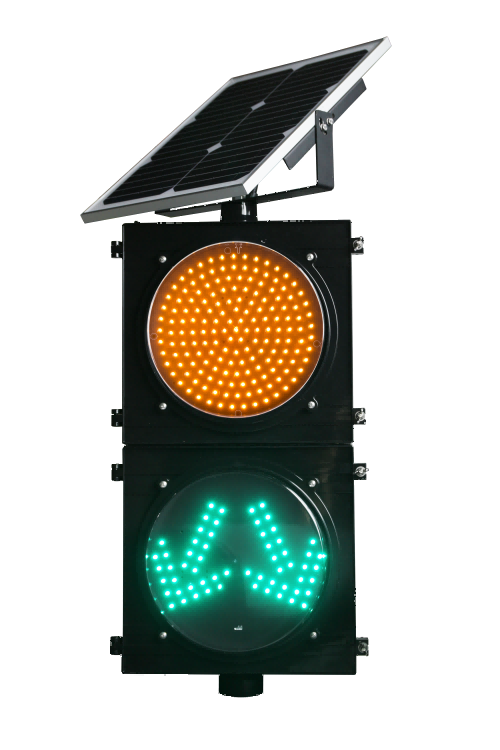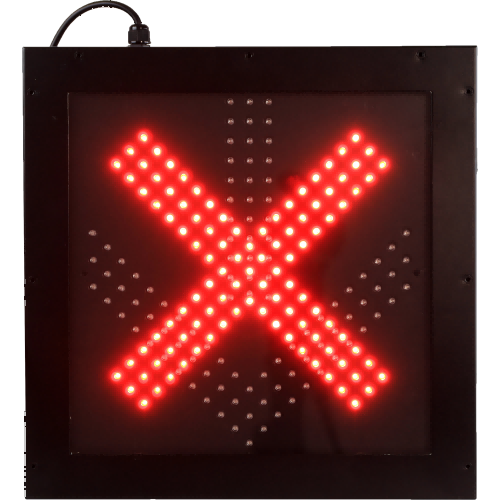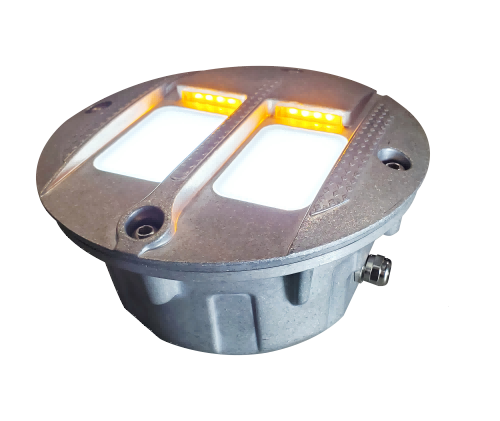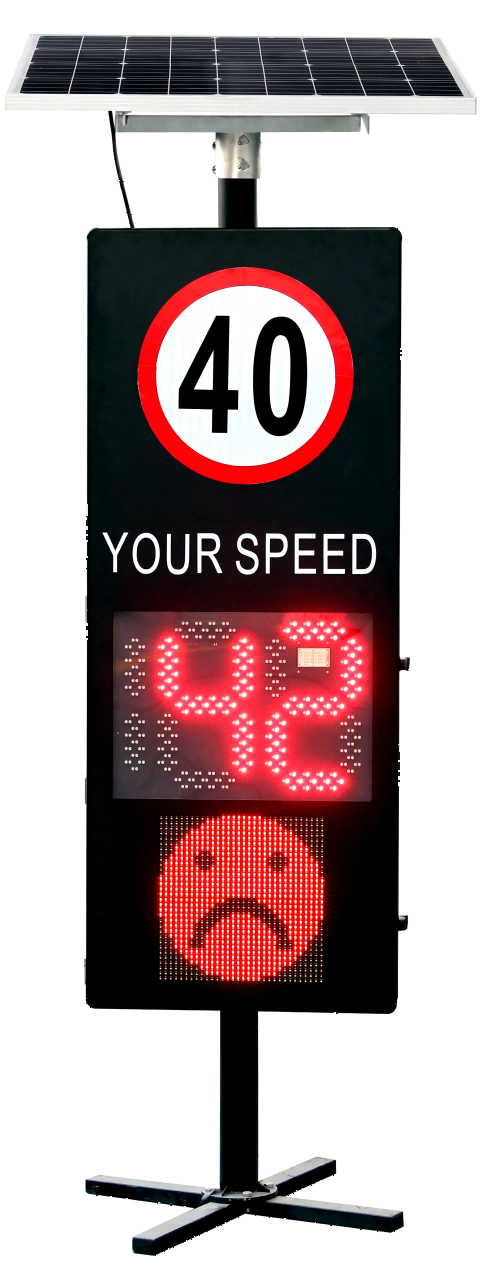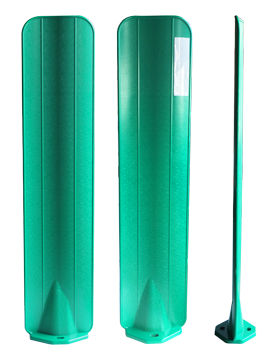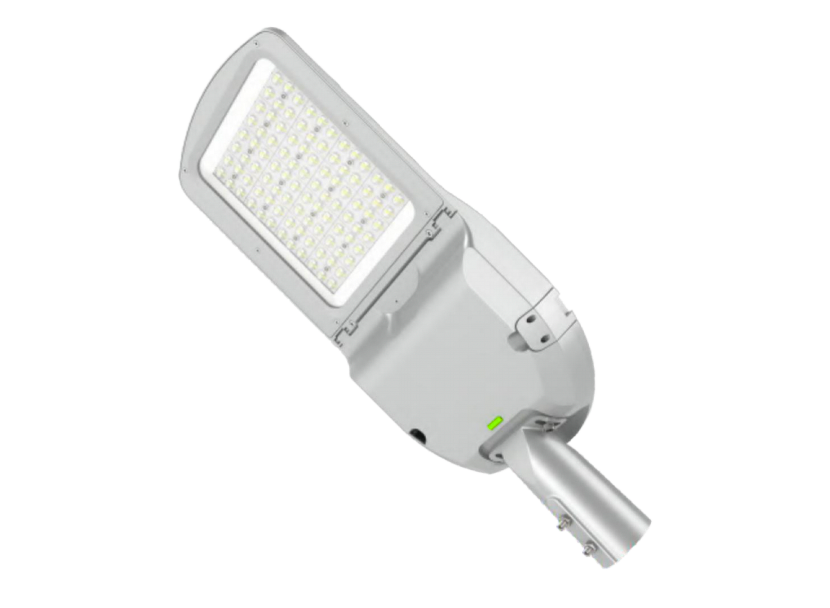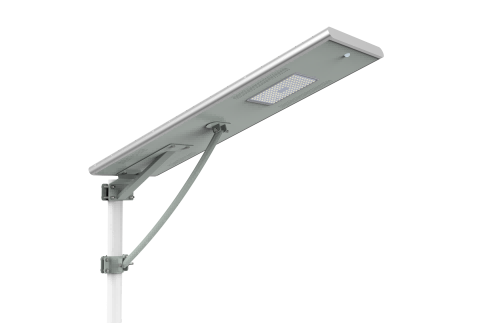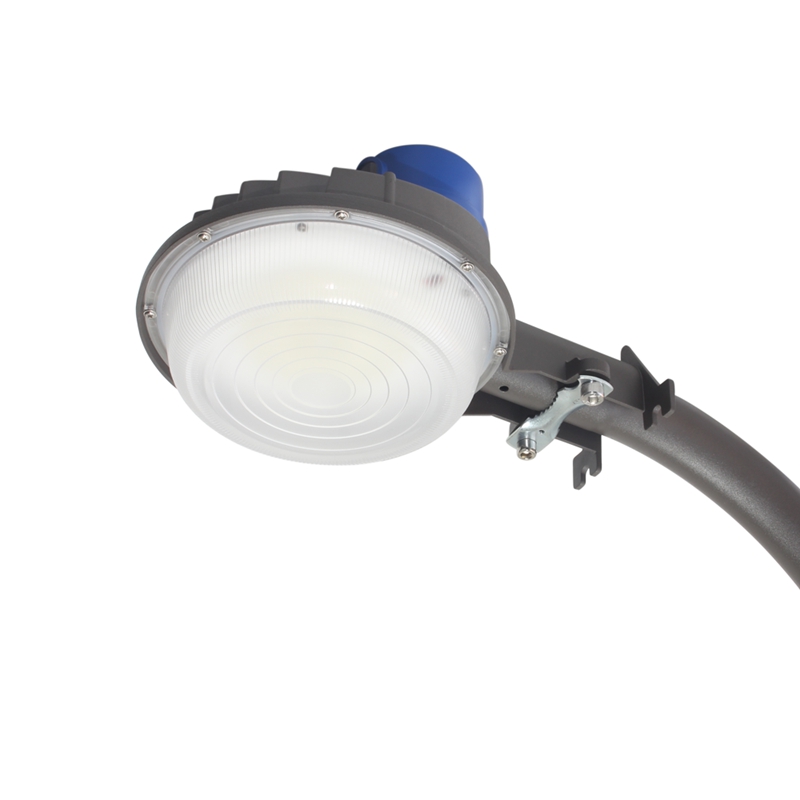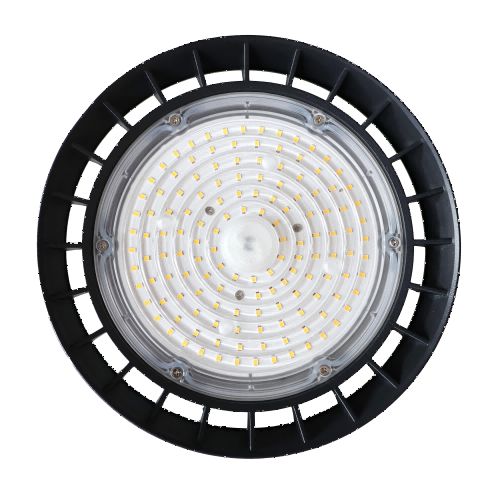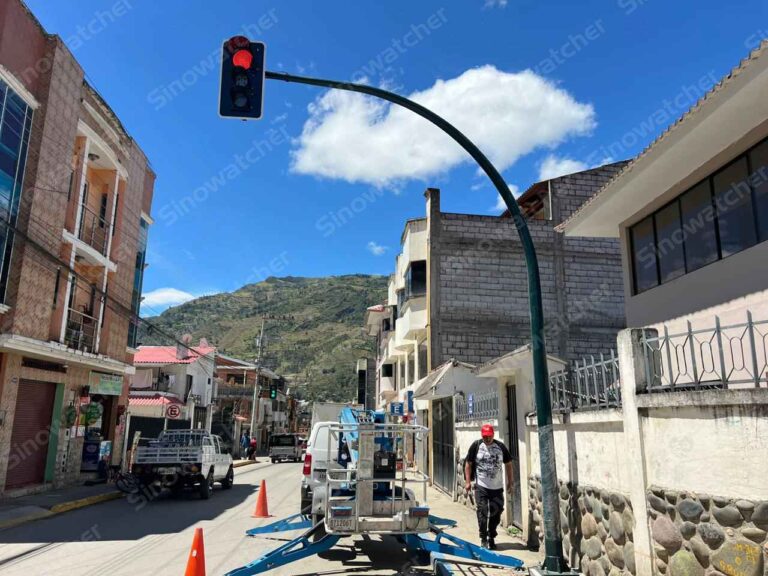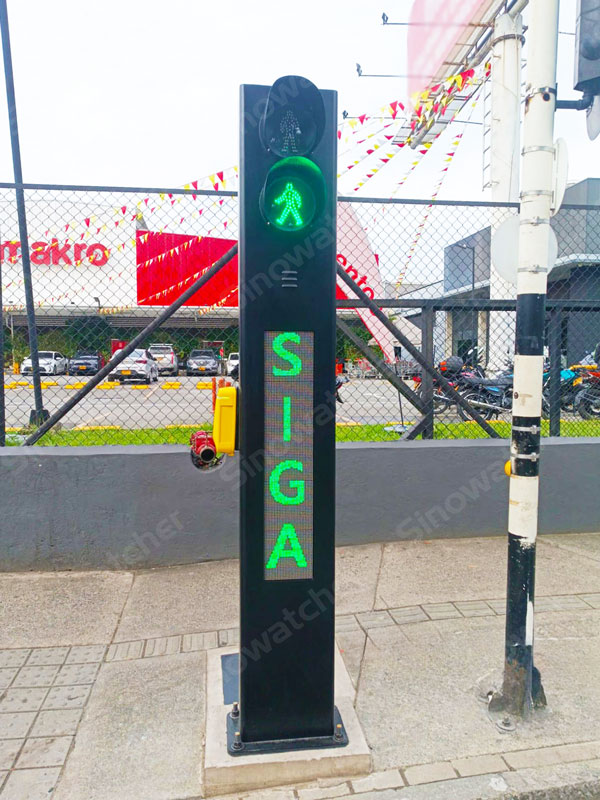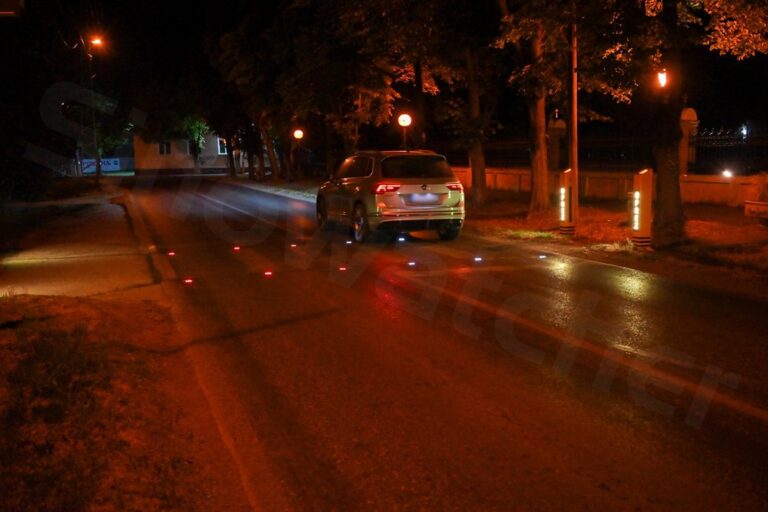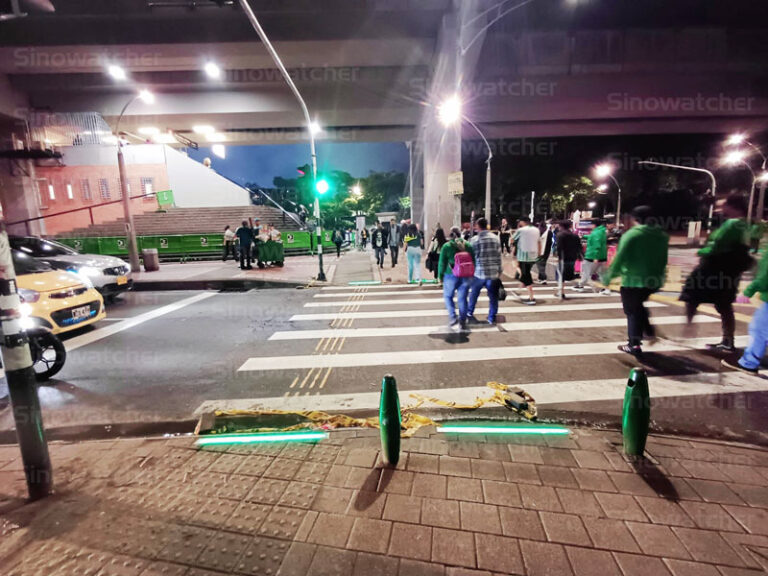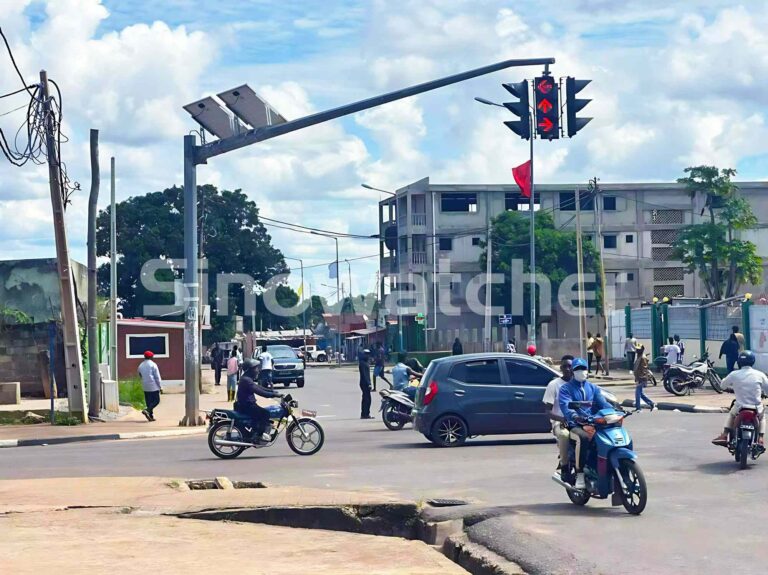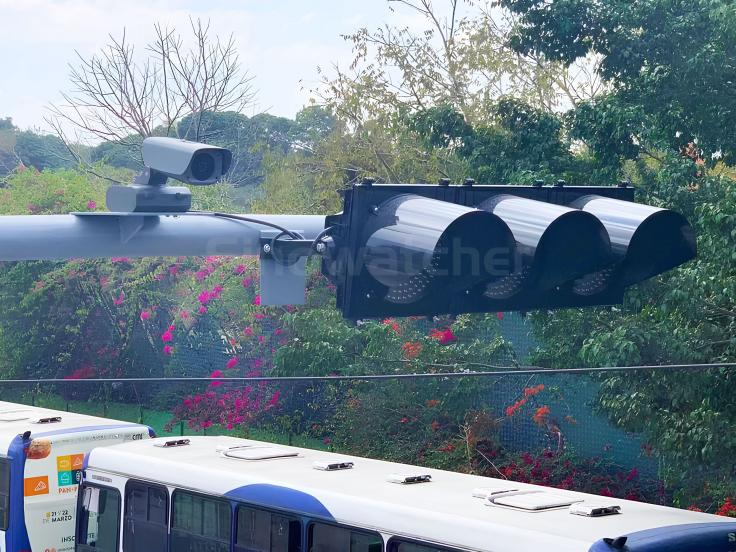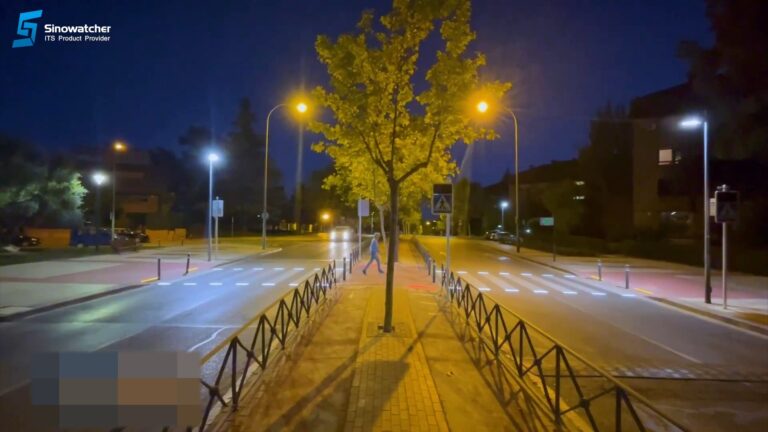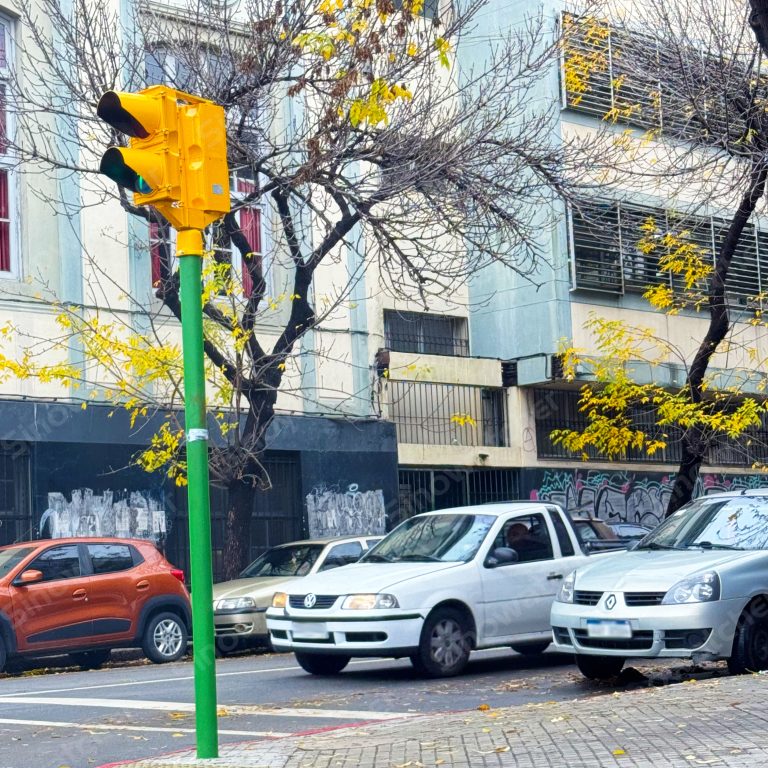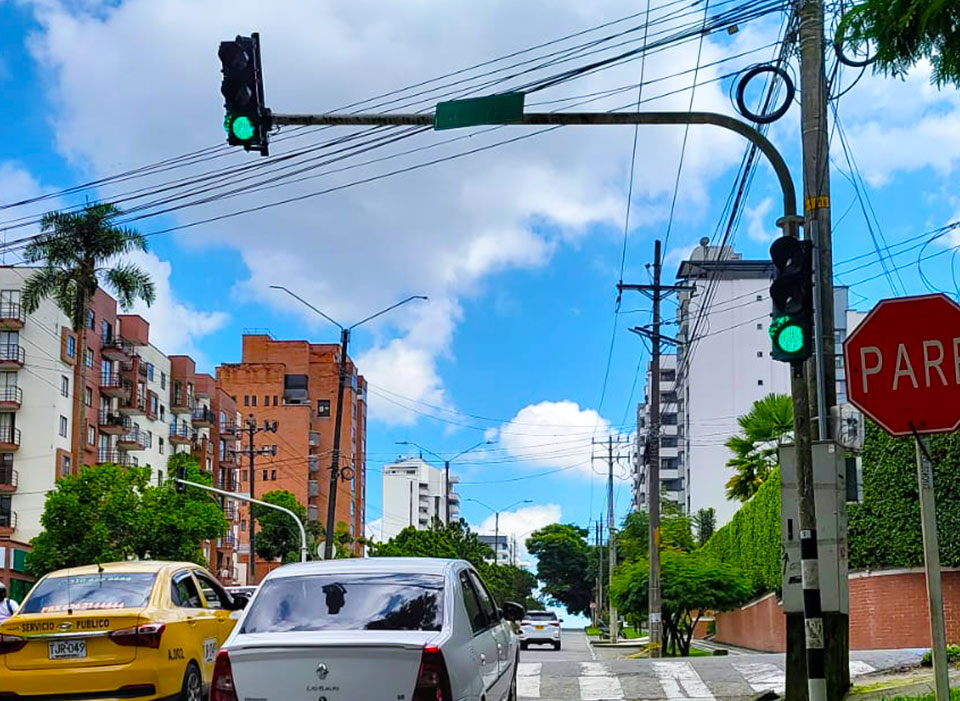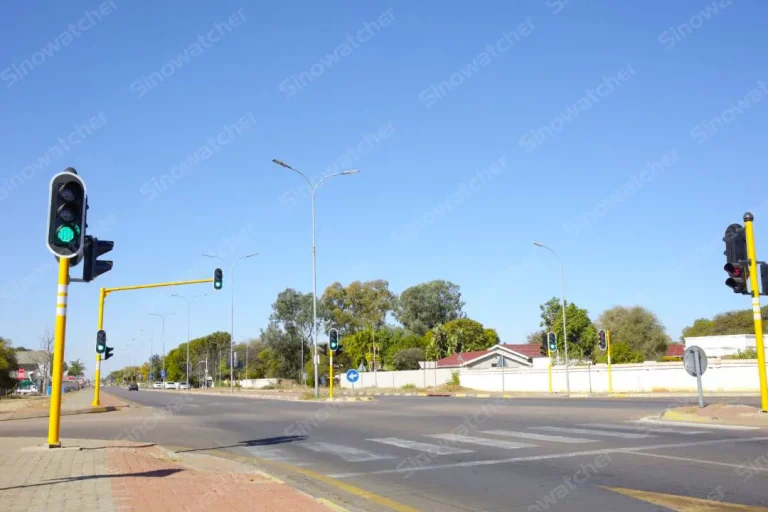Ⅰ. Introduction of traffic lights
Traffic lights are not only an important part of traffic signals but also the most basic symbolic language of road traffic. Traffic lights consist of red light (stopping traffic), green light (allowing traffic), and yellow light (indicating warnings). Traffic lights are generally divided into motor vehicle signal lights, non-motor vehicle signal lights, crosswalk signal lights, lane signal lights, direction indicator lights, flashing alarm signal lights, road and railway intersection signal lights, and other different signal components.
Road traffic lights are one of the facilities to ensure traffic safety. They are important tools to strengthen road traffic management, reduce traffic accidents, improve road use efficiency, and improve traffic conditions. They are suitable for intersections and T-junctions. Traffic lights are controlled by road traffic light controllers, which are responsible for guiding the safe and orderly passage of vehicles and pedestrians. In the paragraphs below, we will explore the key roles of the three traditional colors, discuss how white signals fit into modern transportation, and emphasize why intelligent, well-maintained traffic lights are critical for road safety and efficient mobility.
Ⅱ. Classifications and functions of traffic lights
1. Green: The Signal to Proceed
Green is just as crucial to traffic management, serving as the universal indication that it is safe to move forward. Whether you are a driver eager to continue your journey or a pedestrian waiting to cross, the green light offers a clear directive: go ahead, but stay alert to potential hazards. In many cities, especially during off-peak hours, intelligent systems synchronize multiple intersections, creating “green waves” that allow smooth passage across consecutive lights. Such synchronization can reduce fuel consumption, cut travel times, and ease overall congestion. When coordinated effectively, green signals help maintain a steady, efficient rhythm on the roads.
The green traffic light is a traffic signal. According to the Regulations for the Implementation of the Traffic Safety Law, vehicles and pedestrians can pass when the green light is on. The turning of vehicles shall not interfere with the passage of passing vehicles and pedestrians.
2. Red: The Universal Call to Stop
Red is the most powerful color in the traffic light sequence, universally signaling an immediate halt. Whenever the red light appears, both vehicles and pedestrians must wait, allowing traffic from other directions to move safely. This shared understanding minimizes collisions at intersections, creating predictable flow patterns and greatly reducing risks. The red light also serves as a buffer zone for drivers, making them aware of how much space they need to leave when approaching the intersection. By requiring everyone to yield, the red phase essentially protects crosswalk users, cyclists, and other motorists, establishing the foundation for secure road travel.
The red light signal is a relative stop signal. Traffic should stop when the red light is on. Right-turning vehicles can pass the intersection, but they cannot interfere with the passage of passing vehicles and pedestrians.
3. Yellow: The Transitional Alert
Yellow, or amber, stands between red and green. It has both the meaning of prohibition and permission. acting as a warning that a change is about to occur. Drivers see yellow and have a brief moment to decide whether they can safely clear the intersection or if they need to prepare for a complete stop. Properly timed yellow lights prevent abrupt braking and sudden accelerations, both of which can increase the risk of collisions. In addition, they offer a cushion for vehicles that are too close to the stop line to brake suddenly. Although brief, the yellow phase is invaluable in creating a sense of predictability for all road users.
The yellow light turns red immediately after the passage time of drivers and pedestrians ends. Vehicles should stop in front of the stop line and pedestrians are not allowed to enter the crosswalk. However, if the vehicle has crossed the stop line, it can continue to pass. Pedestrians who are already at the crosswalk should either pass as soon as possible, stay in place or return to their former place.
4. White Lights: The BRT Connection
While red, yellow, and green remain the standard colors worldwide, some regions have introduced white lights to manage special transit lanes, such as those used by Bus Rapid Transit. White signals often appear as horizontal or vertical bars, specifically telling BRT drivers when to move, yield, or stop. This setup minimizes confusion by separating standard vehicle instructions from those intended exclusively for mass transit. BRT systems play an increasingly vital role in urban mobility, offering swift and cost-effective travel for large numbers of passengers. By incorporating white lights, traffic engineers can streamline public transport without disrupting the flow of regular traffic.
The Importance of Maintenance and Innovation
No matter how sophisticated the colors or symbols, traffic lights require ongoing maintenance and innovation to remain effective. Modern controllers use sensors, cameras, and algorithms to adapt light cycles based on real-time conditions, which helps alleviate rush-hour congestion and improves safety during off-peak times. LED technology reduces energy consumption and extends the life of signal lamps, and backup power solutions ensure reliability during outages. By integrating new technologies responsibly, urban planners can make traffic lights more intuitive and responsive. This attention to detail benefits everyone, from daily commuters to first-time visitors, while cutting emissions and enhancing road safety.
Conclusion
From red’s commanding call to stop, to green’s invitation to go, to yellow’s gentle reminder to proceed with caution, each color in the traffic light system serves a distinct purpose. The introduction of white signals for BRT lanes underscores how these devices continue to evolve in response to urban challenges. Well-designed, carefully maintained traffic lights save time, reduce congestion, and protect lives every single day. They also illustrate how simple visual cues can have a massive impact when managed efficiently. As cities grow denser, the need for adaptive, reliable, and clearly understood traffic signals will only become more pressing.

